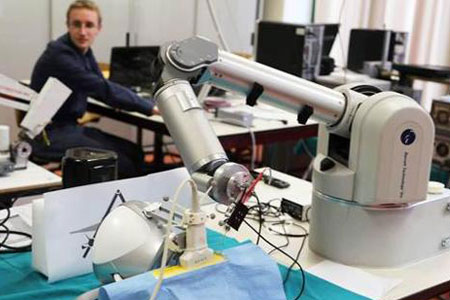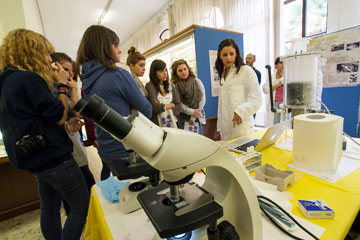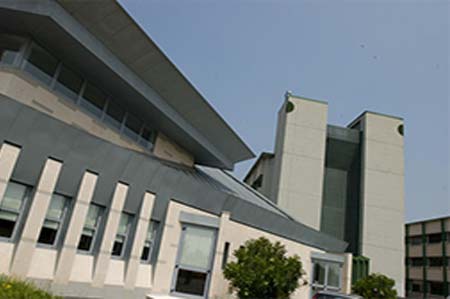Relatore:
John Oliensis
- Department of Computer Science, Stevens Institute of Technology, NJ, US
mercoledì 16 dicembre 2009
alle ore
16.15
16.15 caffe' e pasticcini, ore 16.30 inizio seminario
People understand an unexpected new image amazingly fast; how can an
artificial recognition system do the same? As a first step, it must
find image attributes distinctive enough to reduce the image's
possible interpretations to a relatively small, manageable number, and
researchers agree that this requires perceptual organization (PO), the
identification of mid-size image structures such as salient lines,
regions or object shapes. Yet the intrinsic ambiguities of images make
PO unreliable, and recognition systems based on PO have not worked
well.
I present a recognition method that exploits PO without succumbing to
its unreliability. The method recognizes objects by shape. It
compares the shapes in two images by comparing the two images'
segmentations (i.e., their partitions into homogeneous regions) as
computed by PO, using a new similarity measure based on mutual
information. To overcome the segmentations' unreliability, we compute
the average similarity between all possible segmentations of the two
images weighted by probability, in a simple, accurate closed-form
approximation. The result is a robust measure which directly compares
images according to their contained shapes, without needing to find
the shapes explicitly. Other applications include tracking moving
objects in video, computing stable image segmentations, and
edge-preserving smoothing.







